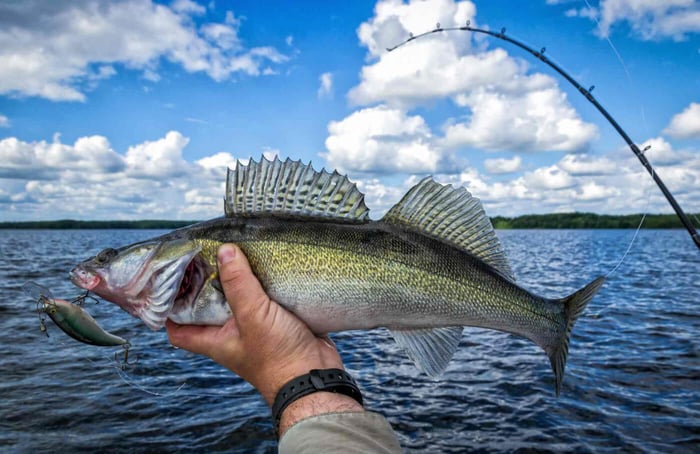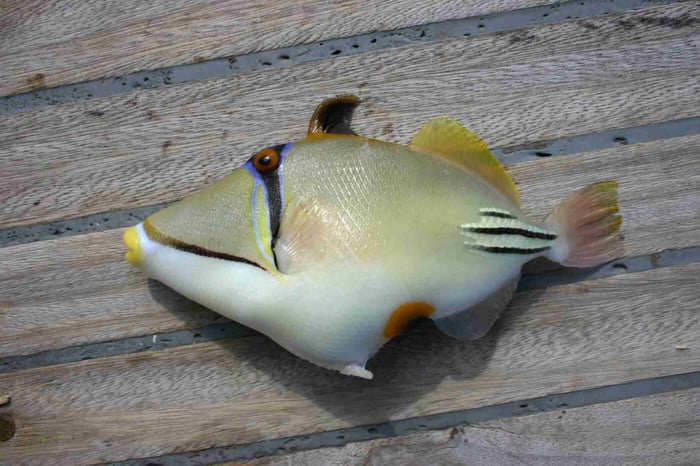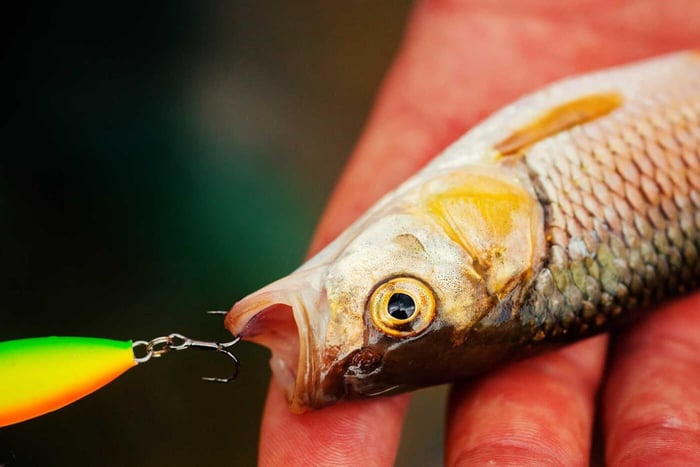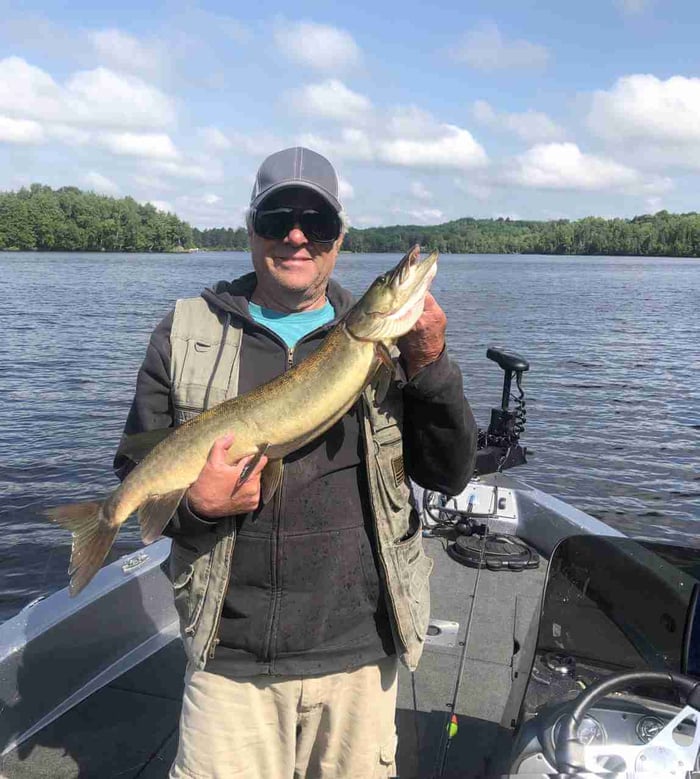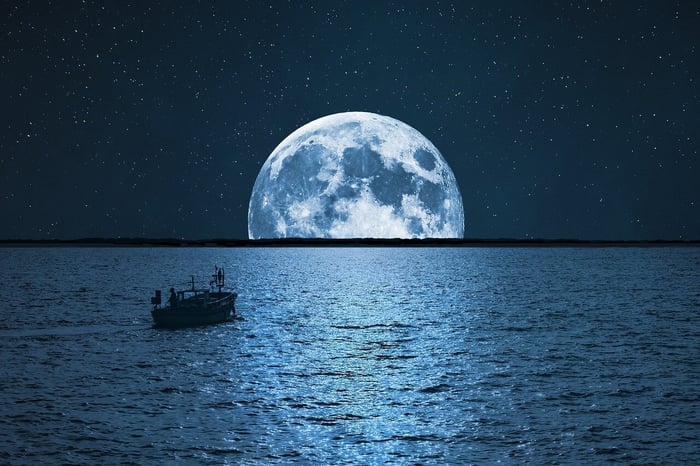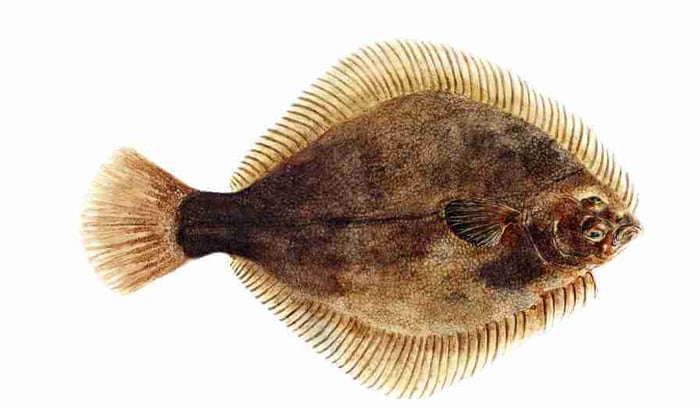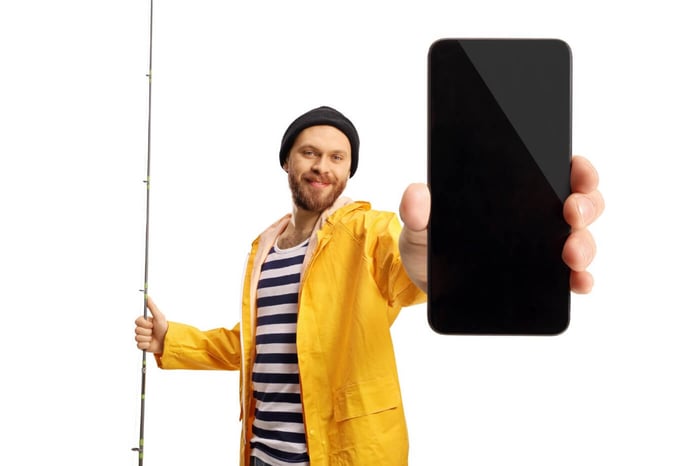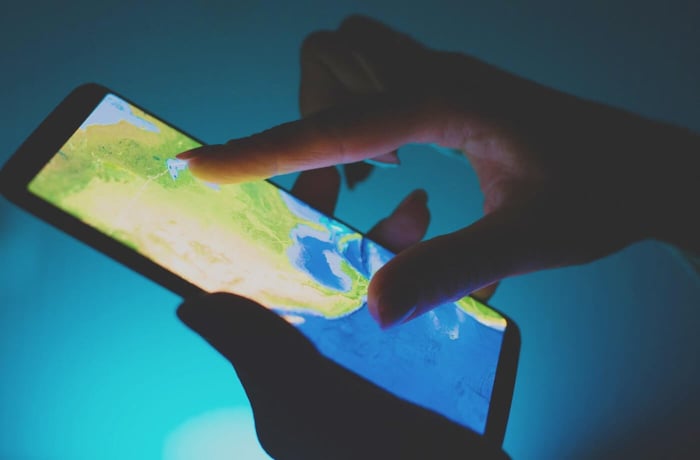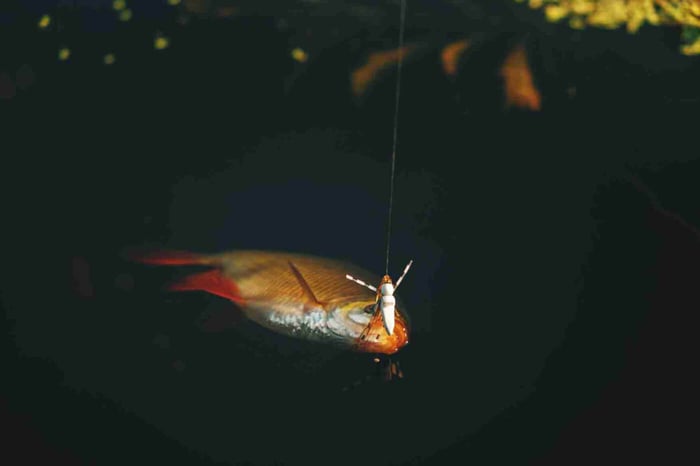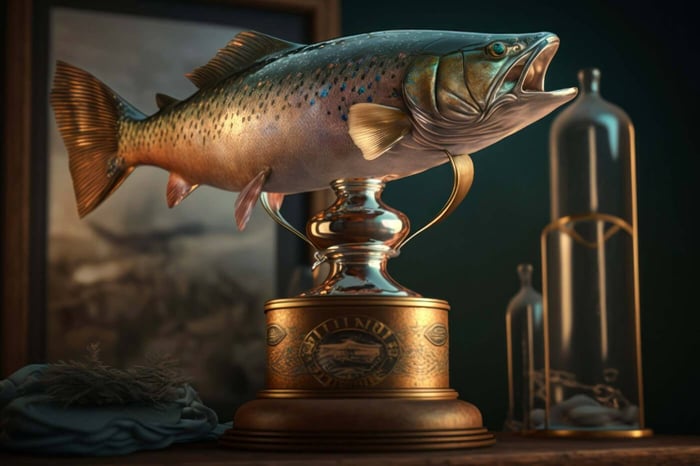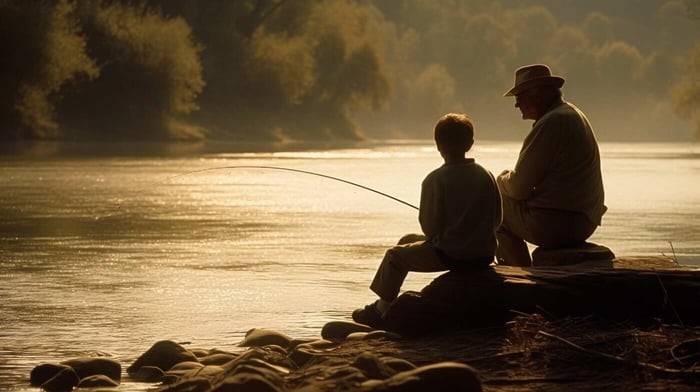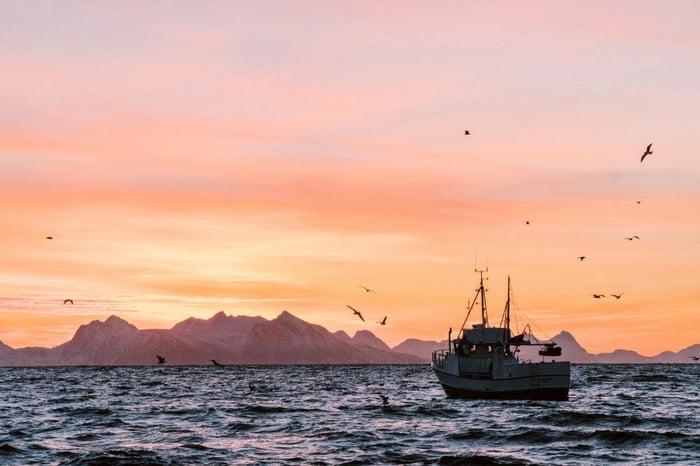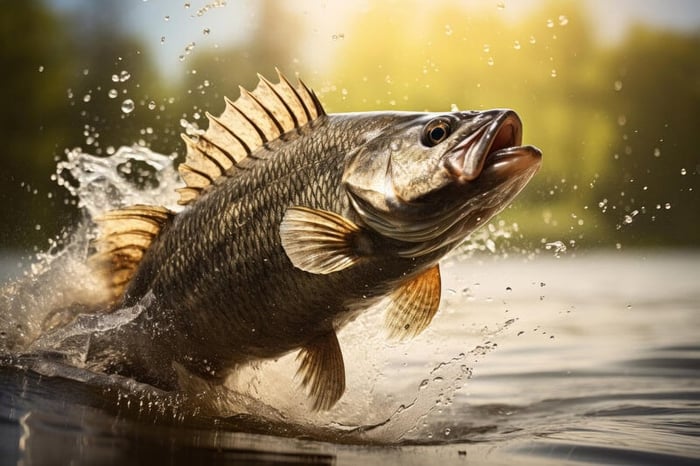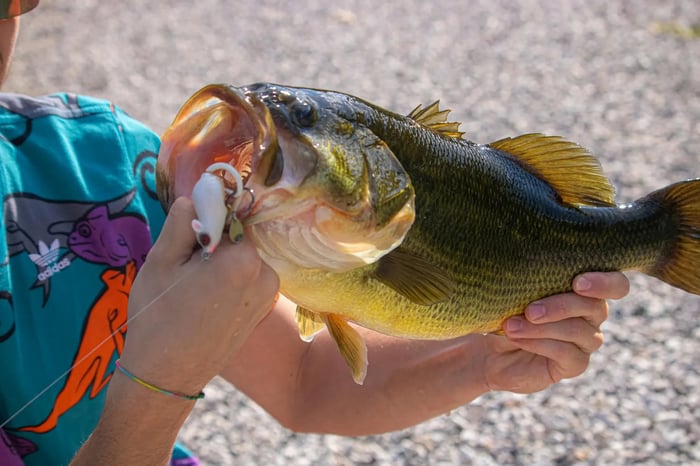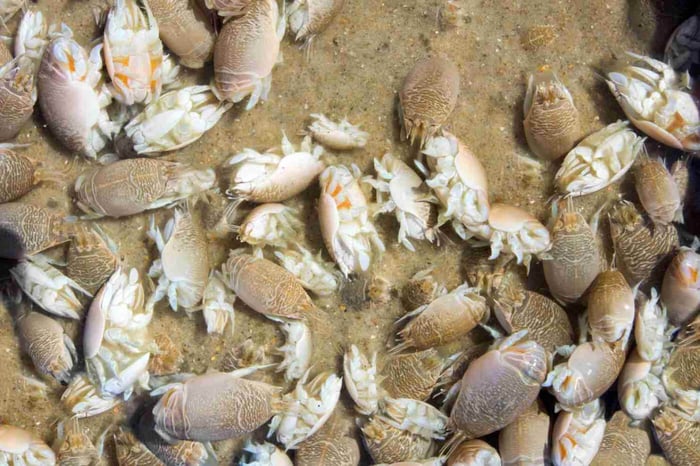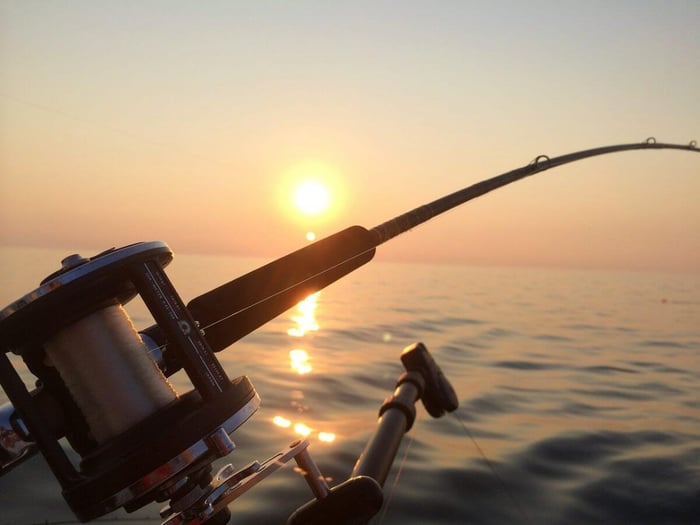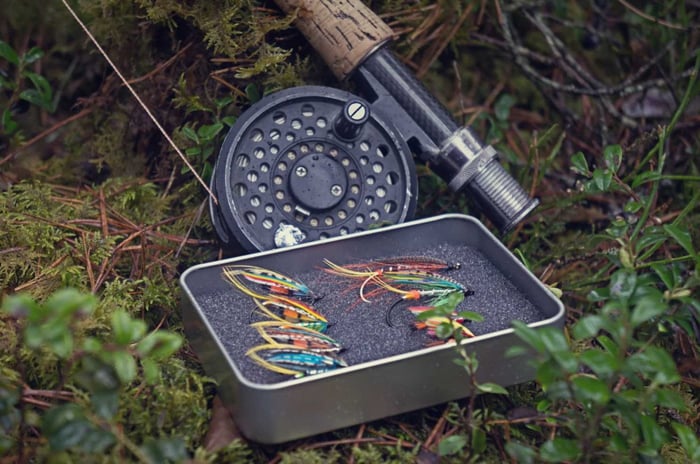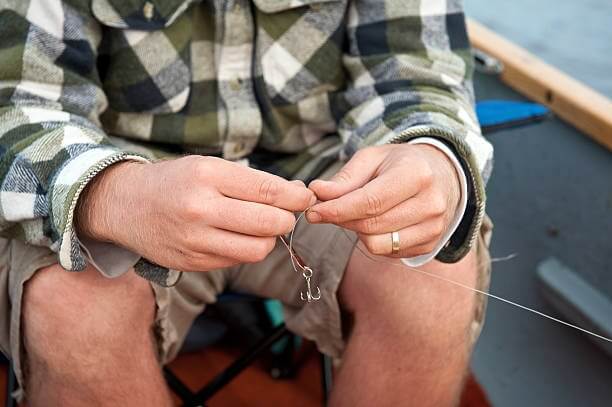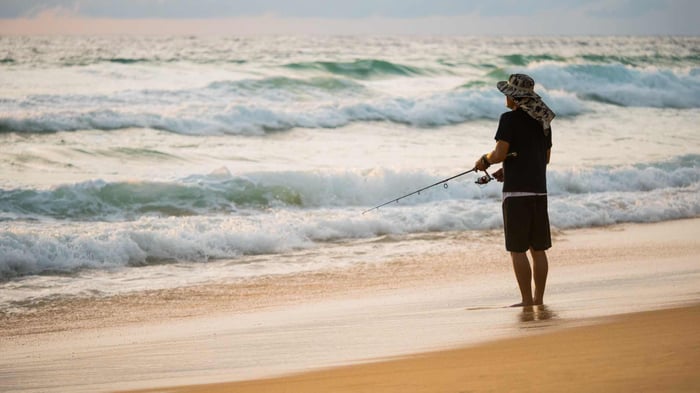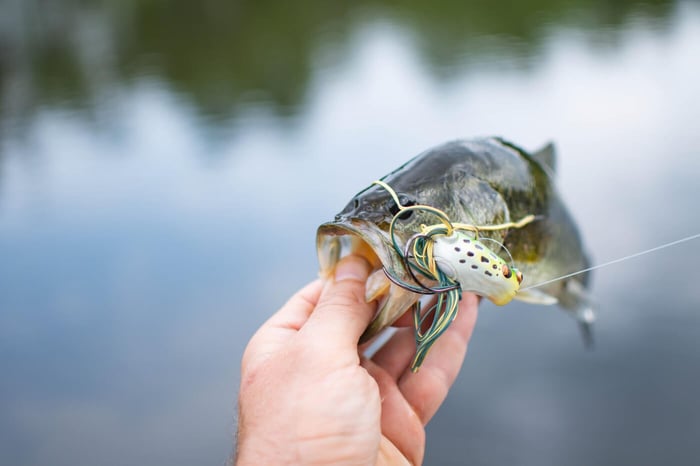In addition to possessing sweet and flavorful meat, walleye is one of the most sought-after gamefish in North America.
It's the perfect dinner at night because it's flaky and buttery. Although catching can be challenging, many anglers get in gear because of the challenge and the tasty fillets.
Catching these renowned freshwater fish by trolling can be a terrific experience. There are several ways to catch walleye, but speed is one of the most critical methods. Knowing the proper walleye trolling techniques and setting up the best walleye boat to catch a respectable catch will help you succeed on the water!
Walleye Trolling Setup
Trolling is an excellent method of pursuing the walleye of your dreams. A proper setup is essential for a productive day on the lake, regardless of the angler's experience level. The essential components of a walleye trolling rig are described here:

Rod and Reel
Use a medium-heavy action rod at least 7 feet long while trolling for walleye. An 8 to 20-pound test line spooled onto a baitcasting reel makes for the optimum trolling performance.
Rod Holders
Since trolling is essential to walleye fishing, you must consider your rod holders and where they will be on your boat.
Typically, two to three rods are recommended per angler. Make sure to spend money on sturdyent) rod holders that can support (ideally perman a large walleye.
If you get bitten, remember you don't want the lines tangled! A top walleye trolling boat setup involves placing two holders at the rear of the boat and then another pair of holders about three feet forward.
Lures
One of the most well-liked lures for walleye trolling is the stick bait. These lures are available in various colors and sizes for deep and shallow water use. For walleyes, spoons, crankbaits, and jigging rigs are other popular lures.
Line
You must use a leader line at least 10 feet long while trolling for walleye. Fluorocarbon or abrasion-resistant monofilament should be used for leader lines. A braided line is also an option but it could be more efficient.
Sinkers
What sinker you should use depends on the pace and depth at which you are trolling.
Use a little split shot or drop shot sinker for shallow water. Use a bank sinker and a three-way swivel when trolling in deep water.
Boat Material
You primarily have two options for the hull of your walleye boat: fiberglass or aluminum. The benefits and drawbacks of each are as follows:
-
Fiberglass may be molded and is more durable in large amounts of water. Although fiberglass costs a little extra, it can offer a comfortable, excellent day of fishing.
-
Aluminum is inexpensive and simple to maintain. Aluminum is suggested for smaller bodies of water even though it is easily dented.
An aluminum boat is ideal for your walleye boat setup because walleye often inhabit stiller lakes.
Trolling Motors
A trolling motor is a significant upgrade for your walleye boat. What makes this adaptable type of motor so great? Because it is quiet, fish won't be startled. Low trolling speeds are also possible, essential for walleye fishing, especially if you're using live bait.
The best trolling motor for your boat depends on a few things. That includes precision on steering.
You'd better be there when the walleyes are biting. If you can't stay on the fish, no amount of well-placed casts will matter. The transom-mount motor developed on Minn Kota Traxxis 55 is a game changer to keep you in the game no matter where it takes you.
Walleye Trolling Speed
Your success depends on using the proper trolling speed in trolling for walleye. The ideal trolling speed for walleye depends on the conditions where you are fishing. When trolling for walleyes, you will encounter active fish relatively fast.
The ideal trolling speed is often between 1.5 and 2.5 mph. However, in rare circumstances, a moderate trolling speed may be required.
The ideal trolling speed for walleye in shallow water is typically between 1 and 1.5 miles per hour.
A 2 to 2.5 miles-per-hour trolling speed in deep water is ideal for catching walleye. The bait will continue moving at this speed for a while because of the strike zone.
The conditions and varieties of bait must be considered while changing the trolling speed when searching for walleye.

Crankbait trolling speed
As Walleye frequently react to the vibration and movement of crankbaits, trolling with them is a productive method for catching them. Make sure you have the appropriate tools before you begin.
You can work slowly using a medium-heavy rod and a reel with a gear ratio of at least 6.2: 1. Pick a crankbait that performs well in your fishing area next.
When you troll crankbaits at Walleye, it's critical to comprehend Walleye's behavior. Walleye typically spend the day in deep water, so you concentrate your fishing efforts on these areas.
Use a trolling speed of 1.5 miles per hour or less that is steady and stable. Keep the bait in the strike zone for as long as possible.
The depth or pace should be adjusted according to the bait. A rod with a medium-heavy action and a quick tip is ideal for trolling crankbaits. You will be able to feel the strike with the help of this stick.
Crawler harness trolling speed
To successfully use the popular fishing technique of walleye trolling, anglers need to know how to catch their intended prey. Walleye can be easily caught by trolling with a crawler harness because it offers a natural presentation to the fish. The bait is appropriately displayed when trolling with a crawler harness so the Walleye can take the bait.
The best trolling speed while utilizing a crawler harness is between 8 and 1.5 miles per hour. The bait may flow naturally through the water at this slow speed and can spend much time in the strike zone.
Depending on the water's depth and the crawler harness being worn, the speed should also be modified. It's crucial to trot quickly when utilizing crawler harnesses.
Walleyes will ignore a lure that goes too slowly, whereas a bait that travels too quickly will be missed.
Spinners and Spoons trolling speed
Regarding the depth at which they can be fished, spinner rigs and trolling spoons are equally adaptable. In fact, it's not unusual to see anglers casting spoons and spinners for the much deeper water, which can be anywhere from 30 to 50 feet deep.
These lures work fantastically for really quick trolling in open water++, and it's not uncommon to see them capture fish that are actively feeding when being moved at rates of up to 3.5 mph. Anything less than roughly 2 mph will not produce the desired effects because these lures are not intended to be moved slowly.
If you're just learning about the water and the lure, you can start at a speed of about 2.0 to 2.5 mph and increase it to 3.5 mph if the fish are exhibiting signs of a desire to strike and a willingness to offer chase.
In addition to considering the speed of the type of bait used in trolling for walleye, it is important to take note of the speed in every season.
Fall walleye trolling speed
For walleye anglers, the fall is an exciting season. When the water is chilly, the walleye become more active and are simpler to target. Anglers must know the maximum trolling speed to get the best results.
The trolling motor's speed will vary depending on the type of bait being used, the air temperature, and other factors. Depending on the situation, it is best to begin trolling at a pace of 1.5 to 2.5 miles per hour.
A sluggish speed may be more effective if the water is cold, whereas warmer water needs a little greater trolling speed. Air conditions can significantly influence trolling speed.
If the wind blows against you, you should lower the trolling motor's speed to avoid putting up too much resistance. If the wind is blowing in your favor, you should slightly raise the speed to benefit from the extra speed.
The type of trolling bait used might also have an impact on speed. Jigs and crankbaits, intended to resemble motionless or slow-moving hunts, should be trolled slowly.
Spring walleye trolling speed
Trolling for walleye in the spring is a great way to catch these precious fish.
When fishing for walleyes in the spring, when the water is still in the low 40s Fahrenheit, you should maintain your boat's trolling speed to under one mph. Fish are still sluggish and reluctant to expend much energy pursuing your bait or lure, so speeds of about 0.7 to 0.8 mph are an excellent choice.
Even though it might not seem like it, these slow boat speeds can be highly effective in luring larger, less active walleyes out of cover. Even though they are going slowly, your planer boards will still be moving through the water, and this action of "fleeing" will cause the feeding response necessary for catching walleye.
Summer Walleye Trolling Speed
The bigger fish's appetite will rise as the water warms, and they become more active in deep and shallow water. They will aggressively pursue and attack whatever bait or lure they can get near during this period.
You can significantly boost your boat's trolling speed to 2.5 mph during the early summer. After chilly spring fishing, this should be done gradually over the following weeks or months. Large walleye will be the fish most likely to follow your bait at these speeds.
Although most anglers will stay in the 2.2 to 2.5 mph range, it's not uncommon for some particularly huge and highly aggressive walleye to be able to snag your bait at speeds of 3.5 mph. The only exception to this rule is if you use big live bait rigs when fishing. It will be preferable in this situation to maintain your speeds around 1. 2 mph because anything quicker could cause the bait to come off the hook, leaving you with a useless walleye fishing outfit.
Reel In that Walleye Now!

It's enjoyable to go walleye trolling! When you master it, you will spend most of your fishing trips capturing walleyes, even though it is first tricky. Consider the season, location, and water visibility, and ensure your walleye trolling rig is functioning correctly.
Your success on the water will depend on how well you set up your trolling for walleyes. You'll be prepared to confidently troll for walleyes if you keep these pointers in mind.
